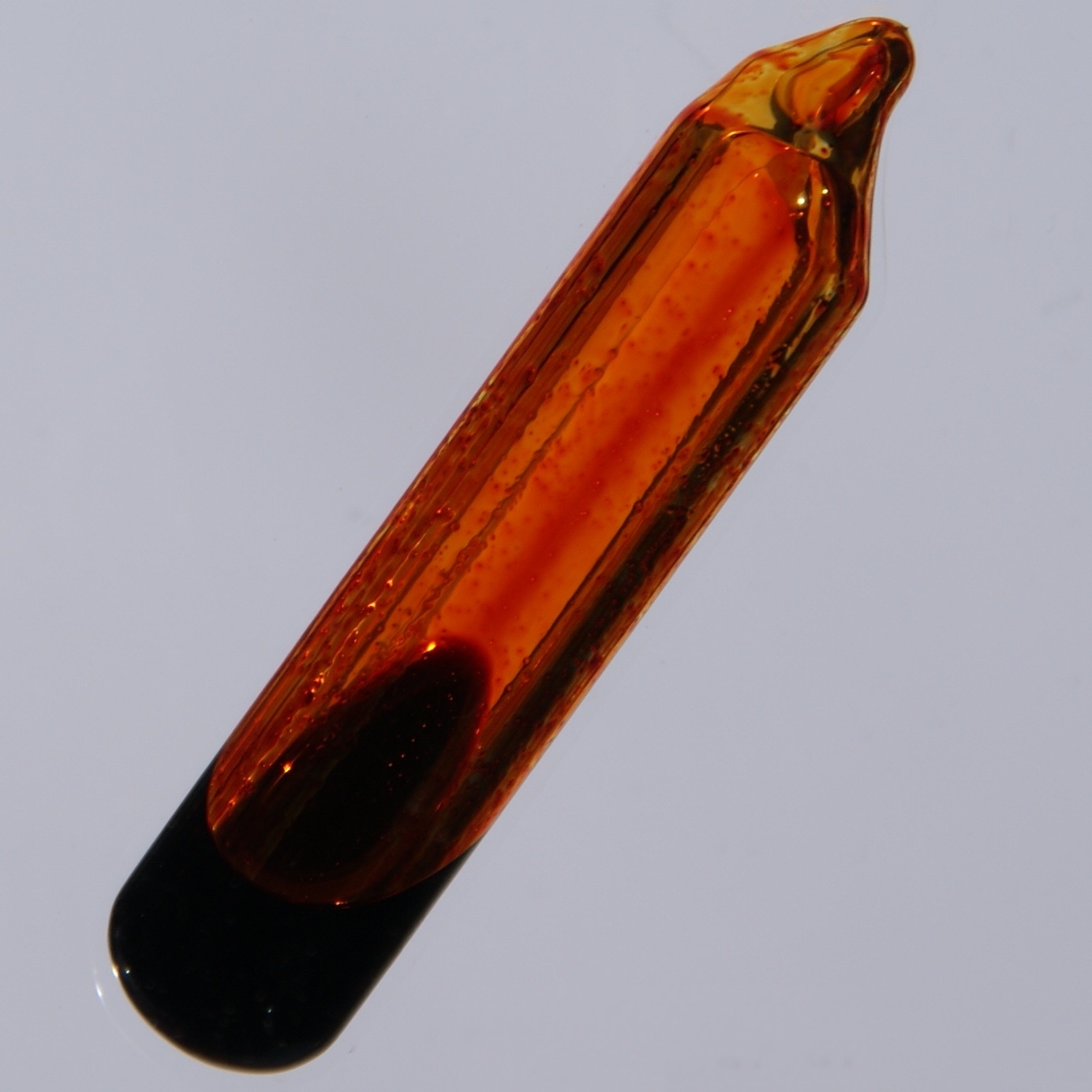A necessary step to the construction of the periodic table was the discovery of the individual elements. All of elements including copper, lead, silver, gold, and mercury have been known for a while, Henning Brand's discovery of phosphporous was the first scientific discovery.
As 200 years passed by, chemists started regarding the properties of the elements. By 1869, 63 elements had been discovered.
As the number of known elements grew, scientists began to recognize patterns in properties and began to develop classification schemes.
Law of Triads
In 1817 Johann Dobereiner noticed that the atomic weight of strontium fell midway between the weights of calcium and barium, elements possessing similar chemical properties.
After the discovery of the halogen triad (chlorine, bromine, and iodine); and the dicovery of the alkali metal triad (lithium, potassium, and sodium); he proposed that the nature of the triads allowed the middle element to be the average of the two elements (atomic mass). This si known as the Law of Triads.
After the discovery of the halogen triad (chlorine, bromine, and iodine); and the dicovery of the alkali metal triad (lithium, potassium, and sodium); he proposed that the nature of the triads allowed the middle element to be the average of the two elements (atomic mass). This si known as the Law of Triads.

First Attempts At Designing the Periodic Table
The periodic table demonstrates the order of chemical elements based on their chemical and physical properties. The credit to the first "draft" of the periodic table has to be given to Beguyer de Chancourtois that positioned a cylinder based on increasing atomic weight which then led to the conclusion that the properties of elements are the properties of numbers and they should be organised based on that.Law of Octaves
In 1863, John Newland classified 56 elements into 11 groups based on their properties; physical and chemical. He said that after every 8 elements, the properties re-appear. He then propsed his version of the periodic table and the Law of Octaves. This law stated that any given element will exhibit analogous behavior to the eighth element following it in the table.
Demetri Mendeleev
Russian chemist that arranged te periodic table based on the atomic mass of elements; and he put the elements with similar characteristics and properties under eaach other. He left some gaps for elements that are yet to be dicoverred and he did note that they will be discoverred to fit in the gaps that share the same properties. Examples of elements include gallium, scandium and germanium.
Mendleev's periodic table was important because it possessed the means of "periodic law" which states the elements vary periodically with their atomic weight.
Mendleev's periodic table was important because it possessed the means of "periodic law" which states the elements vary periodically with their atomic weight.

Discovery of the Noble Gases
Argon was discoverred in 1895 by Lord Rayleigh. He noted that this element did not fit any of the groups previously organized by Mendeleev and Newlands. 3 years after that, Ramsey suggested it should be put in the group between chlorine and potassium in one family with helium. The referred to it as the "zero group" because they had no valence electrons. Ramsey then predicted the discovery of the properties of the element neon.








 It looks complicated right? But as long as you get the rules, it will be really easy.
It looks complicated right? But as long as you get the rules, it will be really easy.








